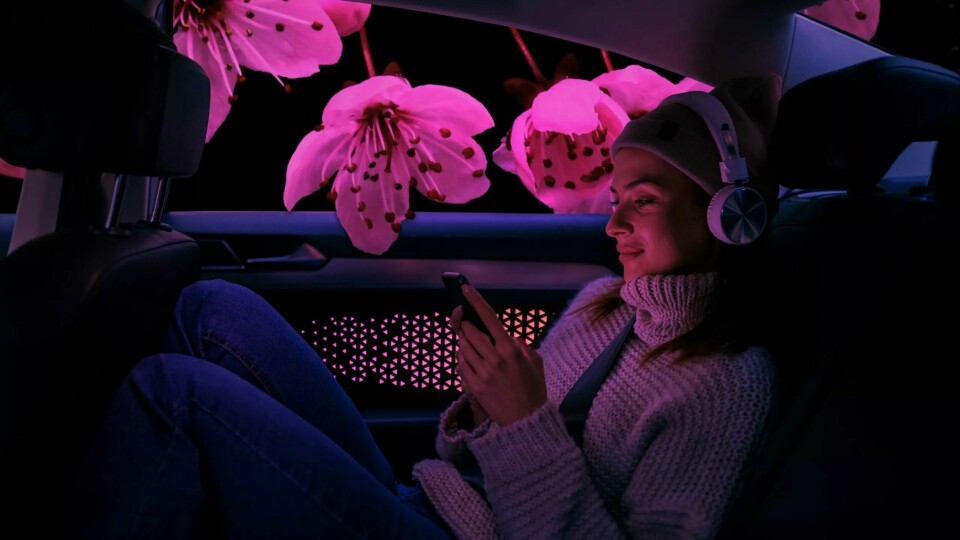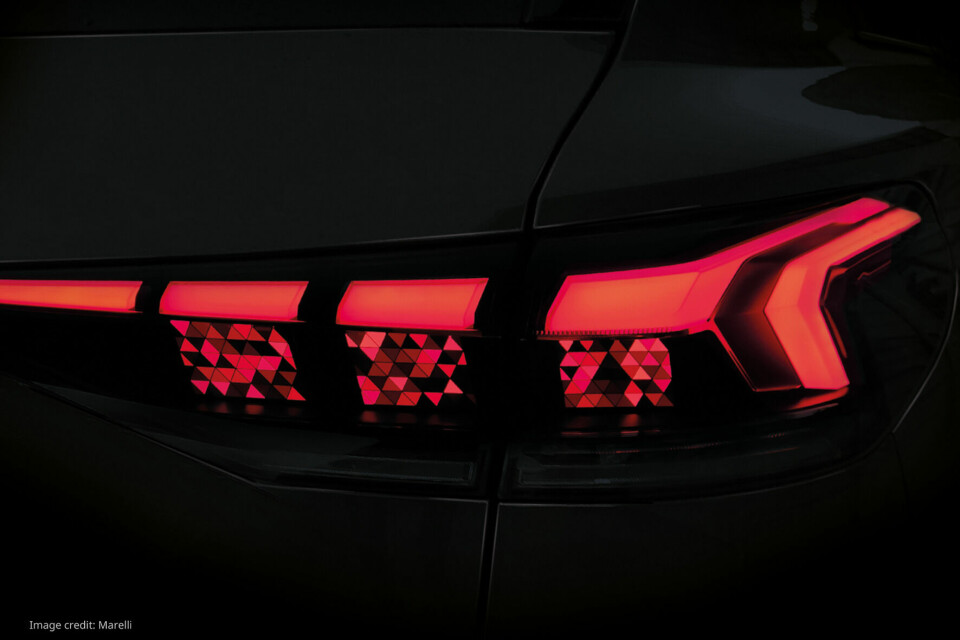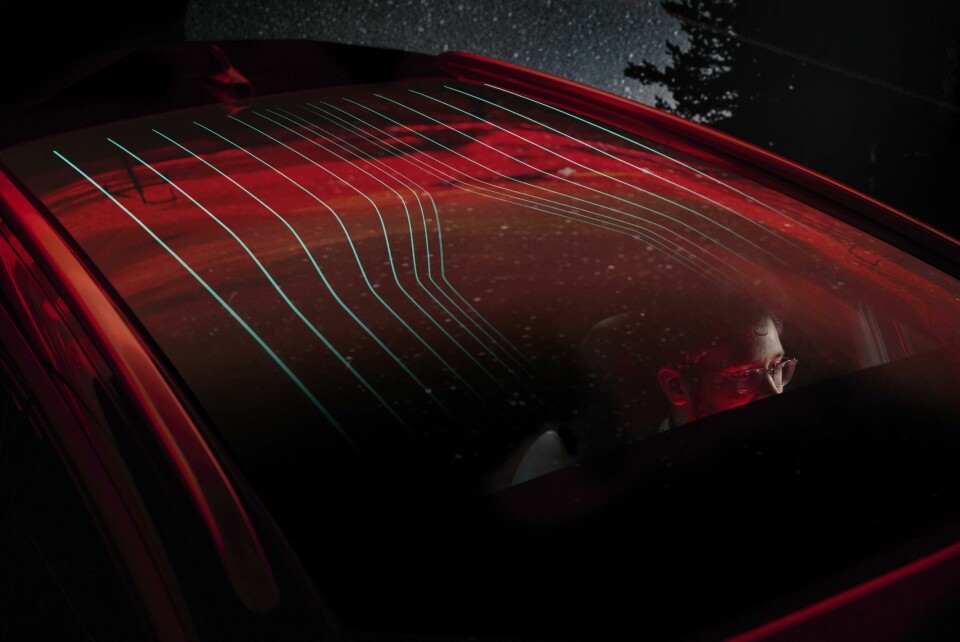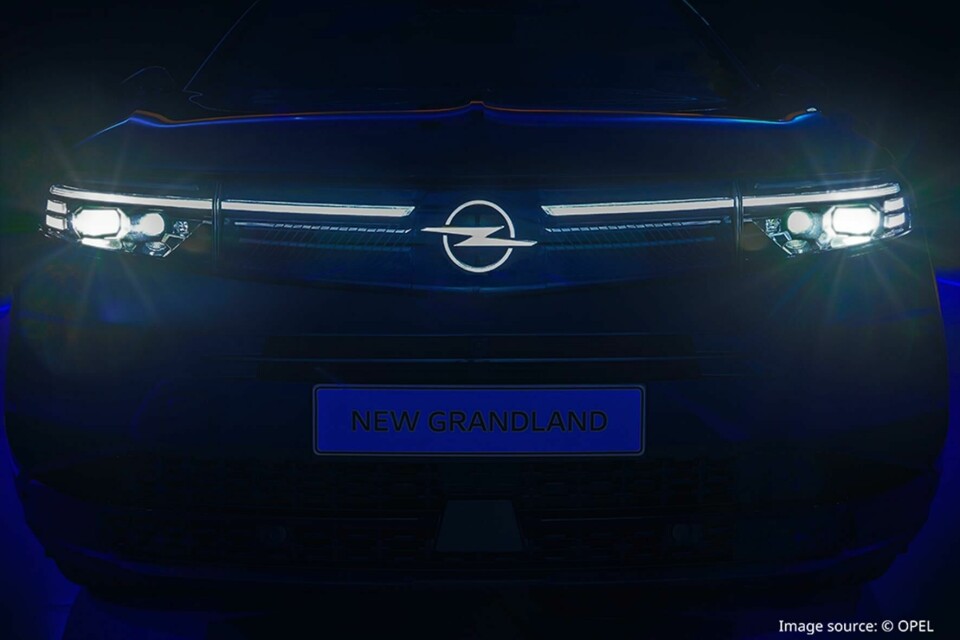
Lighting suppliers merge innovation, branding and pricing
Affordability and executing a brand vision within design are the two top priorities for lighting suppliers
Suppliers of key components in the automotive industry have a tricky task. First, they must have an unmatched understanding of their clients’ needs, ensuring their deliverables tick all the right boxes for the carmaker. Second, they must be on top of industry regulations and requirements. Third, the supplier must offer both a knowledge and cost advantage, providing OEMs with a competitive edge and financial benefit when leveraging their expertise.
When it comes to lighting design, suppliers also need to be conscious of the crucial role that lighting now holds, how it has expanded over recent years, and how it continues to rapidly evolve.
From safety to strategy
“The evolution of lighting design has been remarkable,” Frank Huber, president of Marelli’s lighting business, tells CDN. “A decade ago, lighting was primarily about visibility and safety based on regulations. Today, it’s a core element of the brand identity. Brand-specific daytime running lights, animated welcome sequences, and unique light signatures are now key design tools for carmakers. Lighting has become a strategic branding asset and a customisable feature for the consumer.”

Both exterior and interior lighting are now important signature elements that are purposely shaped and refined to embody design languages, Huber continues. He suggests that they are among the key constituents for the creation of a theme and feel, and can dramatically alter the character of the vehicle.
Meriem Dussart, international marketing director at Saint-Gobain Sekurit, takes it one step further. “Lighting has moved from being a necessity to becoming a language,” she explains. “Today, it serves as a vehicle’s signature and visual identity that communicates luxury, innovation, or playfulness even before the car is in motion.”
Welcome sequences and interior light orchestration are now typical features that contribute to how a vehicle makes the user feel before driving, Dussart adds. She also suggests that a headlamp or rear signature, for example, can be as recognisable as a logo, and acts as design shorthand for the brand itself.

All of this, Dussart states, has required an evolution in intelligence and expression. Lighting is “no longer just “on” or “off” — it’s dynamic, programmable, and emotionally tuned. Lighting now interacts with users, responds to scenarios, and even changes behaviour depending on context.” She believes that lighting has become a crucial medium for the storytelling and identity of any strong car marque, and that failure to incorporate cutting-edge lighting design into this strategy will result in a weaker brand.
Costs and copycats
The shift from pure functionality to aesthetic differentiator and key brand feature has created many challenges for designers. For Huber, one of the most difficult aspects of lighting design for suppliers like Marelli is ensuring they help carmakers meet a variety of different goals while keeping costs down.
“Vehicle makers are seeking highly distinctive, complex designs, often with thin profiles and seamless integration into the body,” he observes. “At the same time, we must ensure optimum performance, manufacturability and compliance with global regulations. Due to the tight budgets of many global vehicle makers, it is even more important to balance aesthetics, strict regulations and packaging as well as affordability.”

Another challenge to consider when designing vehicle lighting is the impact of trends. Like all areas of the vehicle, lighting is subject to ever-changing trends that evolve over time. Designers attempting to keep their designs modern and current may look to trends for inspiration. However, this could lead to homogeneity, making all light designs appear similar and preventing brands from finding their own unique identity.
This is a real and concerning issue, Huber admits. “Trends like horizontal rear light bars can quickly become the industry norm depending on the car segment and OEM lighting budget,” he states. “While following certain design cues may be tempting, the key for brands is to inject their own DNA into the application. It’s not just what you use, but how you use it. Subtle elements like light movement, color temperature, or the visual structure behind the lens can be uniquely tailored.”
Dussart also thinks that homogeneity could be a problem. When a single feature like a horizontal rear light bar becomes ubiquitous, differentiation suffers. Furthermore, simply following trends could jeopardise design longevity, as replicating existing designs with the hope of staying relevant will likely result in the opposing outcome.
However, she is confident that brands can navigate these issues by focusing on how they implement lighting rather than what form it takes. “Dynamic lighting with animated sequences, interactive responses, or adaptive themes can allow designers to use similar base technologies in ways that are deeply unique,” Dussart affirms. “It’s about narrative, motion, and context. Glass can be a powerful differentiator here, enabling smoother integration and a richer material language. In short, lighting can be a creative playground, as long as it’s rooted in a brand’s DNA and not simply chasing trends.”
Immersive but unobtrusive
As for interior lighting, Dussart explains that there is a fine line between creating expressive yet unobtrusive designs, immersive yet practical. “One of the core challenges is achieving “shy tech” – technology that enhances comfort and ambiance without overwhelming the user. Designers must consider how lighting contributes to mood, personalisation, and interaction without causing distraction. This is especially true as interiors become more open and multifunctional in autonomous or shared vehicles.”
To achieve this, designers could leverage a variety of emerging technologies. However, new technology comes at a price. Lena Nguyen, senior product designer at feno – a company that specialises in creating “light art” for vehicle interiors – provides a long list of potential areas of development for interior lighting design. She is confident that there are numerous ways to create new, engaging experiences that offer value without distracting drivers.
“Immersive lighting effects are becoming an integral part of the functions in the car, as natural as cruise control or seat heating,” she states. “I work with natural light associations like forest rustling or cherry blossoms to specifically support people’s moods with sun-like, full-spectrum light. It can help provide a balance in stressful situations, or stimulation in tired moments.”
Nguyen and her team are currently working with laser-structured, thermoformable polymethyl methacrylate (PMMA) flat light guides. These are “as thin as a ruler,” she says, and can adapt to the shapes in the interior. As a result, they offer designers more creative freedom, and can also speed up the process from design to installation, resulting in cost savings.
Both Huber and Dussart express the need to keep the price down, but think that this could be an increasingly difficult challenge as complexity grows. They point to the ongoing integration of intelligent digital lighting technologies such as headlamp projections, high-resolution displays like mini-/microLED or TFT OLED, and advanced digital near-field ground projections, each of which can enable completely new user experiences and intricate design expressions.
“As lighting becomes more integrated and high-tech, costs and complexity can rise,” Huber warns. “However, there’s also a growing focus on sustainability – using recyclable materials, reducing energy consumption, and optimising production processes but also defining light usage in a predictive way. I believe the future lies in smart, sustainable yet affordable innovations, creating lighting systems that are both emotionally engaging for the end-customer and environmentally responsible. Simplicity can also be a strong design statement when applied intentionally.”




















